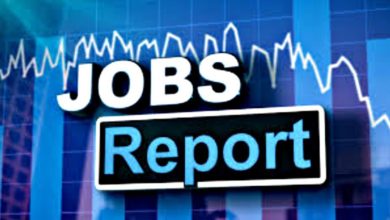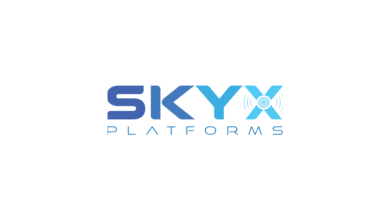Consumer Sentiment Slips in August as Inflation Concerns Persist

U.S. consumer sentiment took steep dive in August as Americans expressed growing concerns over high prices and the overall economic outlook. According to the University of Michigan’s survey of consumers, the headline consumer sentiment index fell to 58.2, down 5.7% from July and 14.3% year-over-year. These figures mark a notable retreat in confidence, as households reassess their finances amid ongoing inflation pressures.
The survey highlighted that expectations for inflation over the next year rose to 4.8%, up from 4.5% in July, underscoring consumers’ growing anxiety about the cost of living. Joanne Hsu, director of the UMich survey, noted that “perceptions of many aspects of the economy slipped” across all age groups, income brackets, and stock wealth levels.
Key Findings:
- Durable Goods and Personal Finances: Buying conditions for durable goods fell to the lowest level in a year, reflecting caution among consumers when making big-ticket purchases. Current personal finances also declined 7%, largely due to heightened price concerns.
- Labor Market Expectations: Despite unemployment remaining around 4%–4.2%, Americans’ outlook for business conditions and the labor market softened in August, signaling potential hesitation to expand spending.
- Spending Plans: Only about a quarter of consumers expect to maintain current spending levels on items with significant price increases, suggesting that inflation is beginning to constrain household budgets.
Market Implications
The pessimism in consumer sentiment has implications for equities, particularly in consumer discretionary and retail sectors. Analysts from Bloomberg and Reuters note that weaker sentiment could translate to slower demand growth in Q3, potentially impacting revenue forecasts for major retailers. Moreover, rising inflation expectations often influence Federal Reserve policy. If Americans expect higher prices, the Fed may remain cautious in considering rate cuts, affecting both bond and equity markets. Investors will likely watch Treasury yields closely in response to these sentiment readings.
Upcoming Economic Data to Watch
Investors are also keeping an eye on upcoming labor market reports. The Bureau of Labor Statistics is scheduled to release job openings on Wednesday and monthly payrolls on Friday, providing more context for employment trends and wage pressures. In addition, private payroll processor ADP will issue its own monthly jobs report on Thursday. These data points will be key for gauging whether the labor market can sustain growth amid declining consumer confidence, which could influence corporate earnings and spending patterns in the months ahead.
Looking Ahead
While August’s consumer sentiment report paints a cautious picture, investors are likely to weigh it alongside upcoming employment data and inflation metrics. Slowing confidence does not necessarily mean a dip in spending, but it may signal that households are becoming more selective in their purchases. For investors, sectors tied closely to discretionary spending, including retail, travel, and leisure, could see increased volatility in the near term. Conversely, staples and defensive stocks may benefit if cautious spending trends persist. Ultimately, the interplay between consumer sentiment, inflation expectations, and labor market dynamics will be a key driver of market behavior in the weeks ahead.




